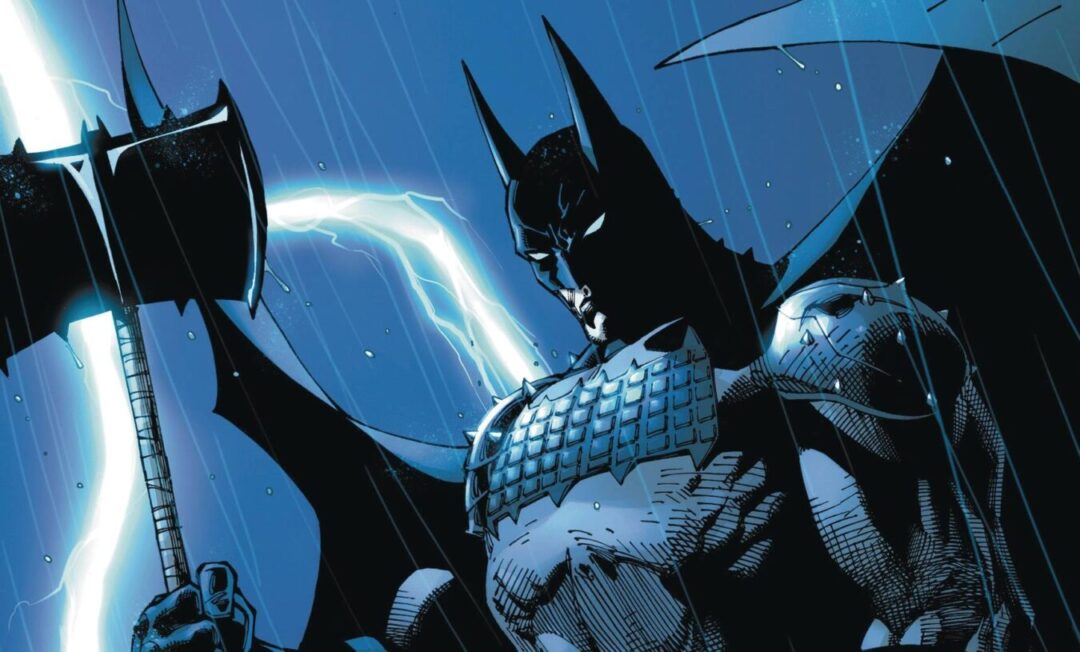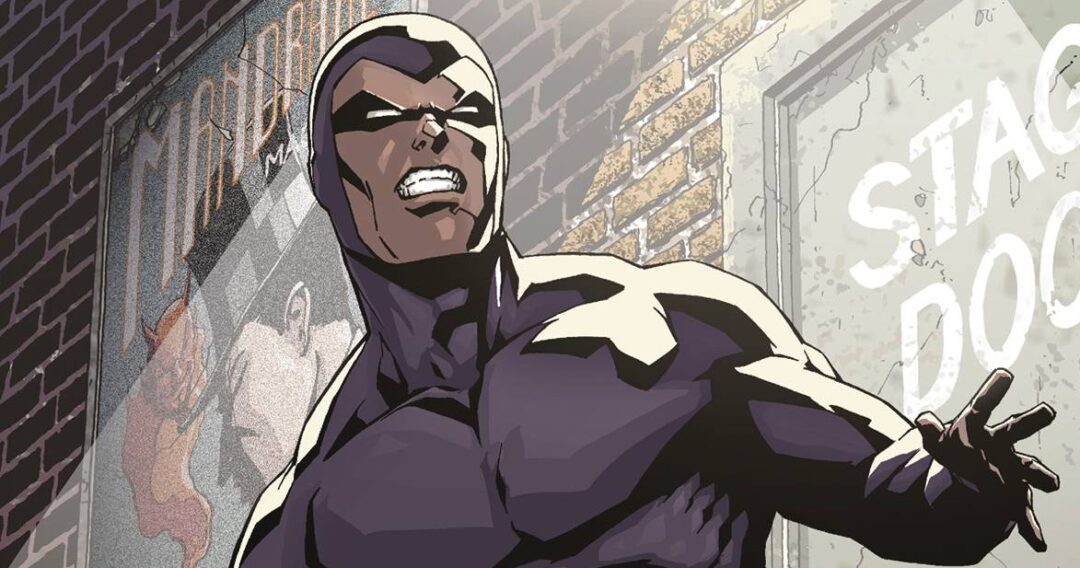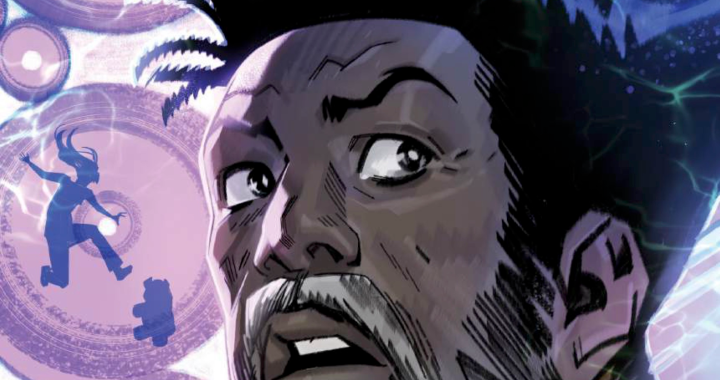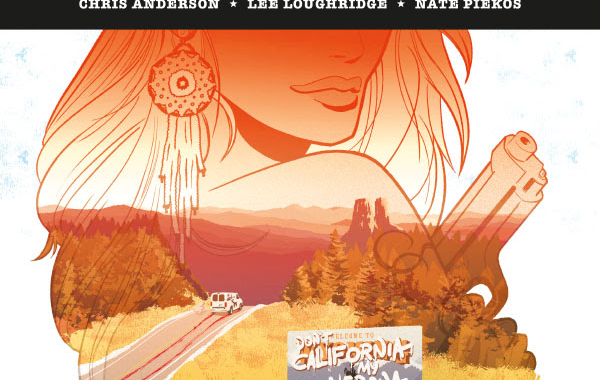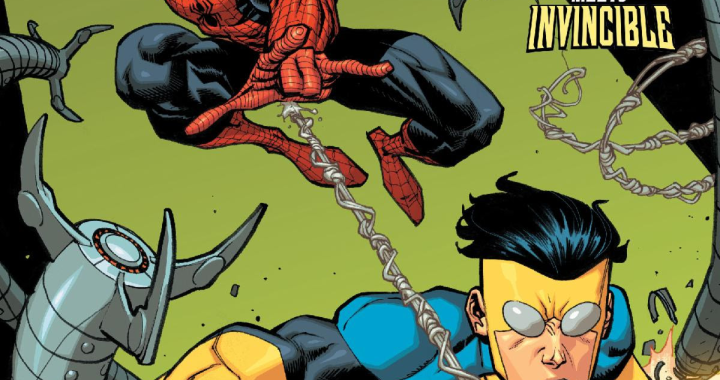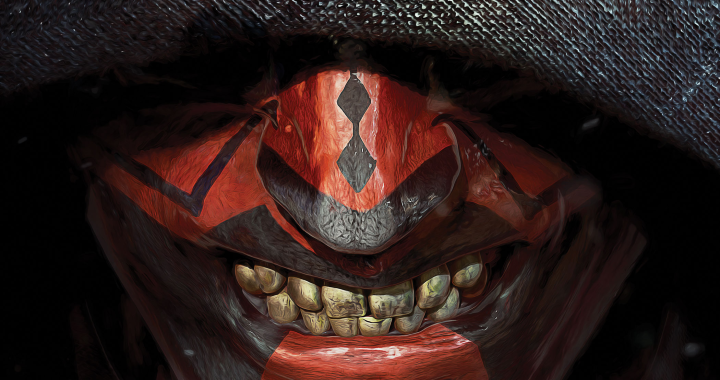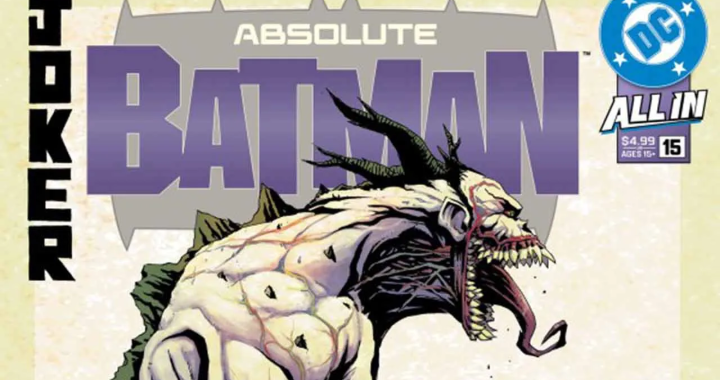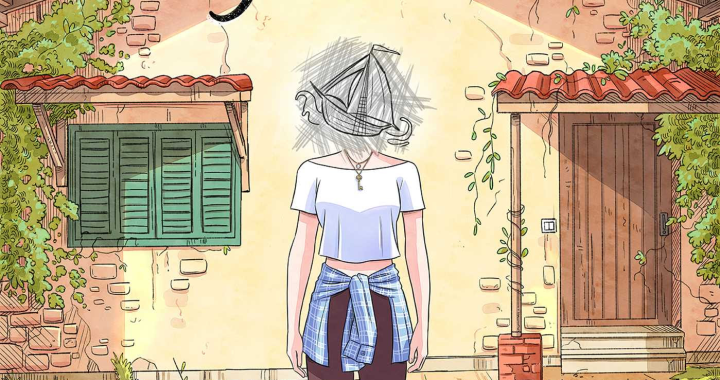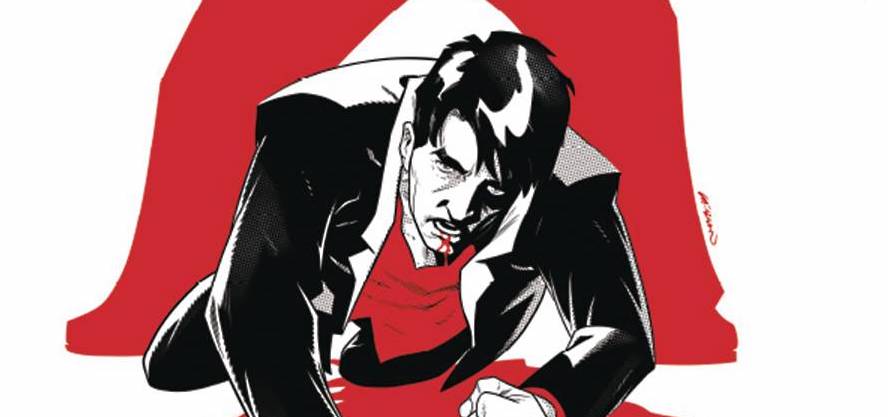
Review: Sam and his Talking Gun #3
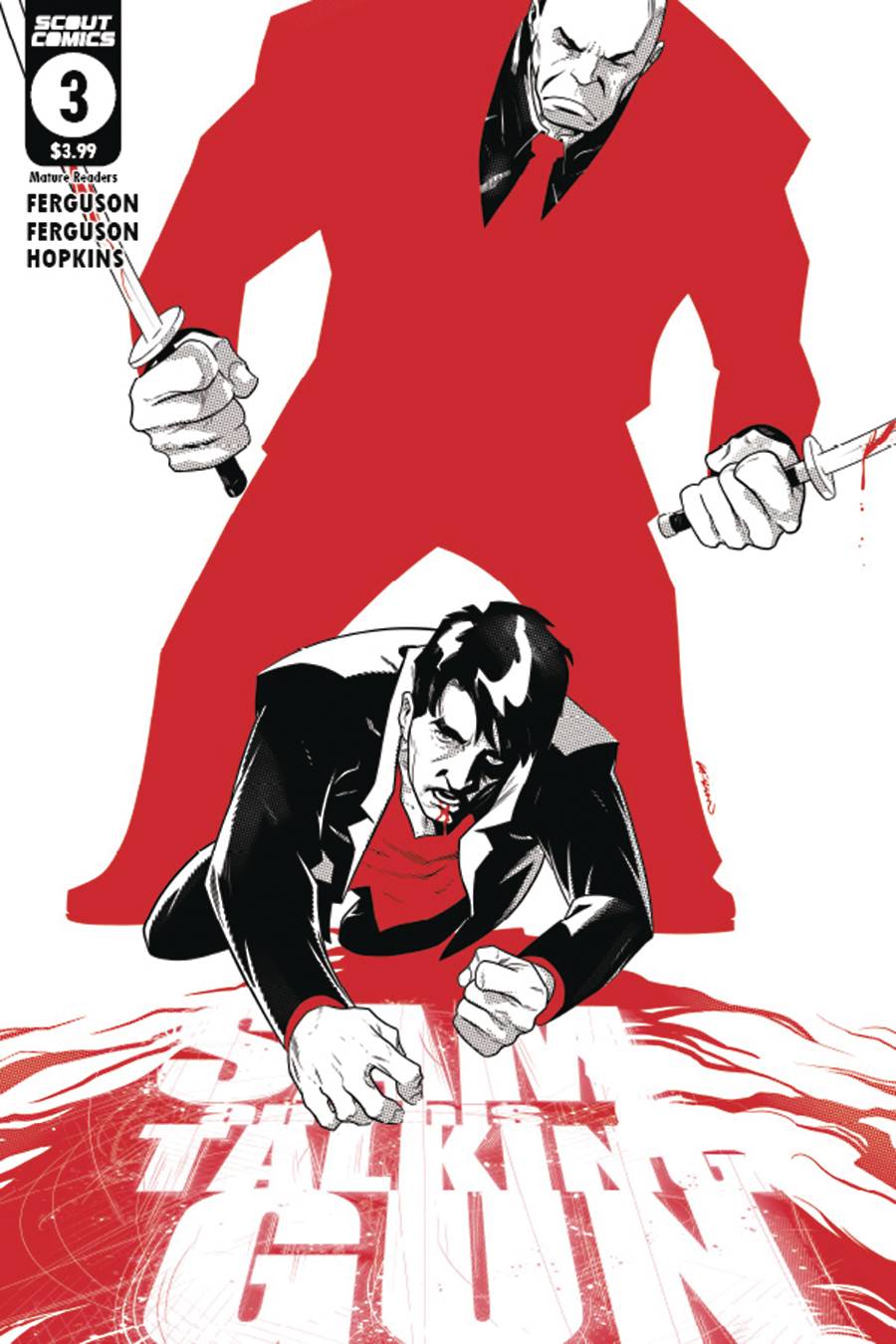 John Wick has a lot to answer for. Thanks in large part to the success of that franchise, “one man against the world” has become an actual genre. True, this type of story was around beforehand, but John Wick, especially the first one, was done extremely well. Now, as art imitates art, Scout Comics version of a gun tooting bad guy out for revenge reaches the penultimate issue of this first arc.
John Wick has a lot to answer for. Thanks in large part to the success of that franchise, “one man against the world” has become an actual genre. True, this type of story was around beforehand, but John Wick, especially the first one, was done extremely well. Now, as art imitates art, Scout Comics version of a gun tooting bad guy out for revenge reaches the penultimate issue of this first arc.
After twelve years in an asylum, Sam is out fore revenge on the person who took his life away from him; Cole. Sam is not alone his quest; he also has his talking gun, a talking gun that is as liable to shoot its mouth just as soon as shoot its bullets. Sam has a plan, that may take too much time for his snarky partner, but this is just the setup for the pay off next issue.
Drew Ferguson has managed to succeed in doing one of the hardest things when creating characters; he has delivered a sympathetic bad guy. In Sam, a person with a violent and crimes filled history, Ferguson has layered on a tragic origin coupled with a possibly even more tragic present. Having everything taken away from him, business wise and also his whole life, has given Sam a very particular mind-set. Ferguson also takes time to revisit the past in order to help the reader understand some of the minor steps that Sam has to take. Could the Gus element have been added in an earlier episode rather than used solely for a deus ex machina here? This is a small observation given that the dialogue is sparkling throughout. Yes, there are a couple of clichéd elements, though I am not sure that you do gangster trope without falling into the Godfather or Goodfellas at some point.
Lee Ferguson’s art works well. In places, Ferguson uses a heavy line which accentuates the characters from the backgrounds, which may not have been required considering that for a lot of panels, there isn’t actually a lot of detailed backgrounds at all. In the background’s place are bold colors; I assume that the color choices are for a reason and impacts the feel of the story. An example of this would be the use of red. With that said, there are details on show; the rain in the first panels work really well. With no colourist credited, the supposition is that [Lee] Ferguson supplied these with the rest of the art. DC Hopkins supplies the font in a spacious way.
This book is probably not going to change the world or how you see comics, but it is a great example of mixing and extending established tropes. Consider the influences, John Wick, gangster movies, Spencer and Locke which then leads to Calvin and Hobbes; they all show their respective faces and foibles. Ferguson and Ferguson have taken these disparate parts and crafted an engaging story.
Writing – 4 Stars
Art – 4 Stars
Overall – 4 Stars
Written by; Drew Ferguson
Art by; Lee Fegurson
Letters by; DC Hopkins
Published by; Scout Comics
Author Profile
- I am a long time comic book fan, being first introduced to Batman in the mid to late 70's. This led to a appreciation of classic artists like Neal Adams and Jim Aparo. Moving through the decades that followed, I have a working knowledge of a huge raft of characters with a fondness for old school characters like JSA and The Shadow
Currently reading a slew of Bat Books, enjoying a mini Marvel revival, and the host of The Definative Crusade and Outside the Panels whilst also appearing on No-Prize Podcast on the Undercover Capes Podcast Network
Latest entries
 Comic BooksOctober 14, 2024Review: Absolute Batman #1
Comic BooksOctober 14, 2024Review: Absolute Batman #1 Comic BooksSeptember 25, 2024Review: Defenders of the Earth #2 (of 8)
Comic BooksSeptember 25, 2024Review: Defenders of the Earth #2 (of 8) Comic BooksAugust 7, 2024Review: Gatchaman #2
Comic BooksAugust 7, 2024Review: Gatchaman #2 Advance ReviewJuly 30, 2024Advance Review: Defenders of the Earth #1 (of 8)
Advance ReviewJuly 30, 2024Advance Review: Defenders of the Earth #1 (of 8)
